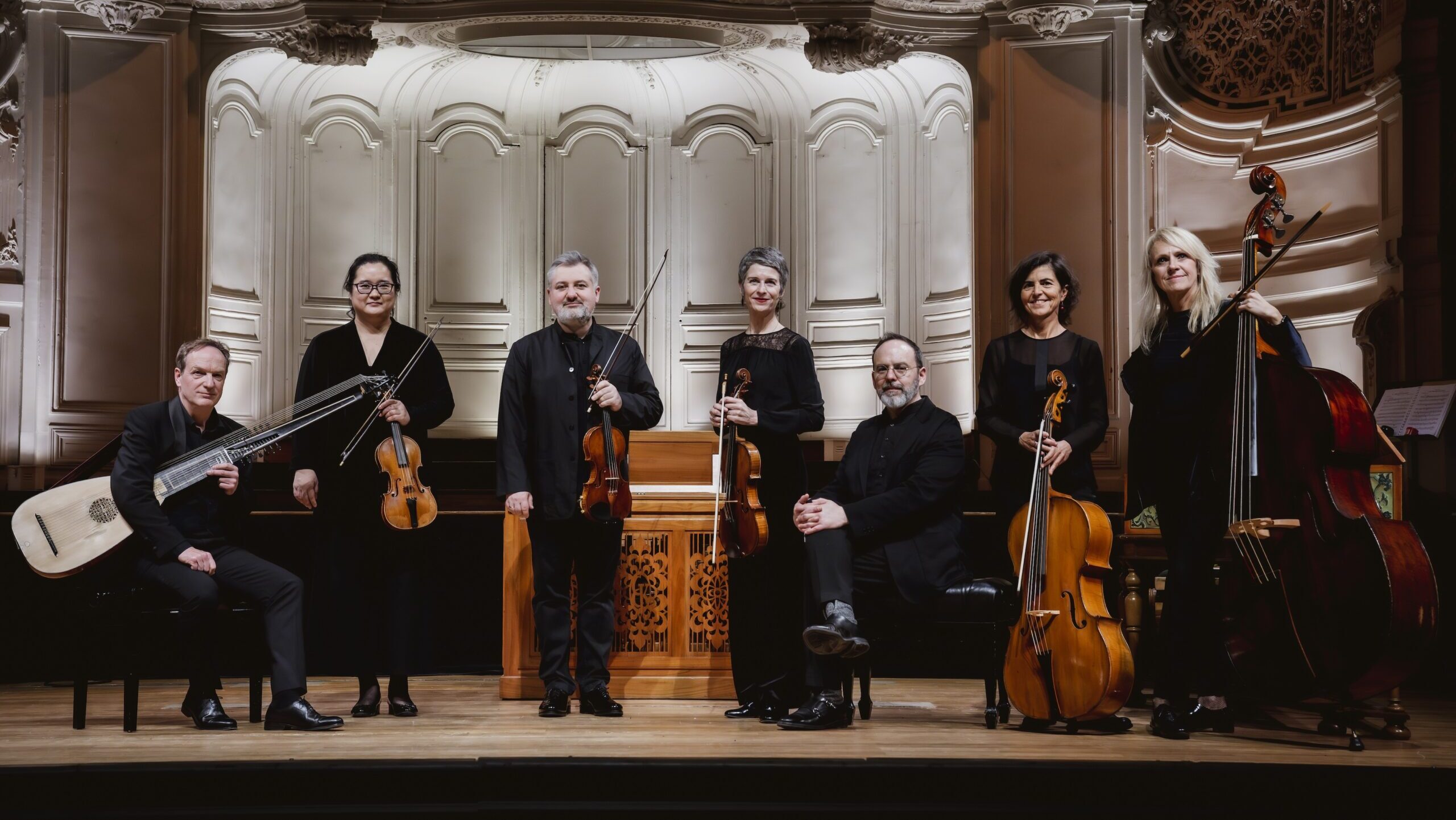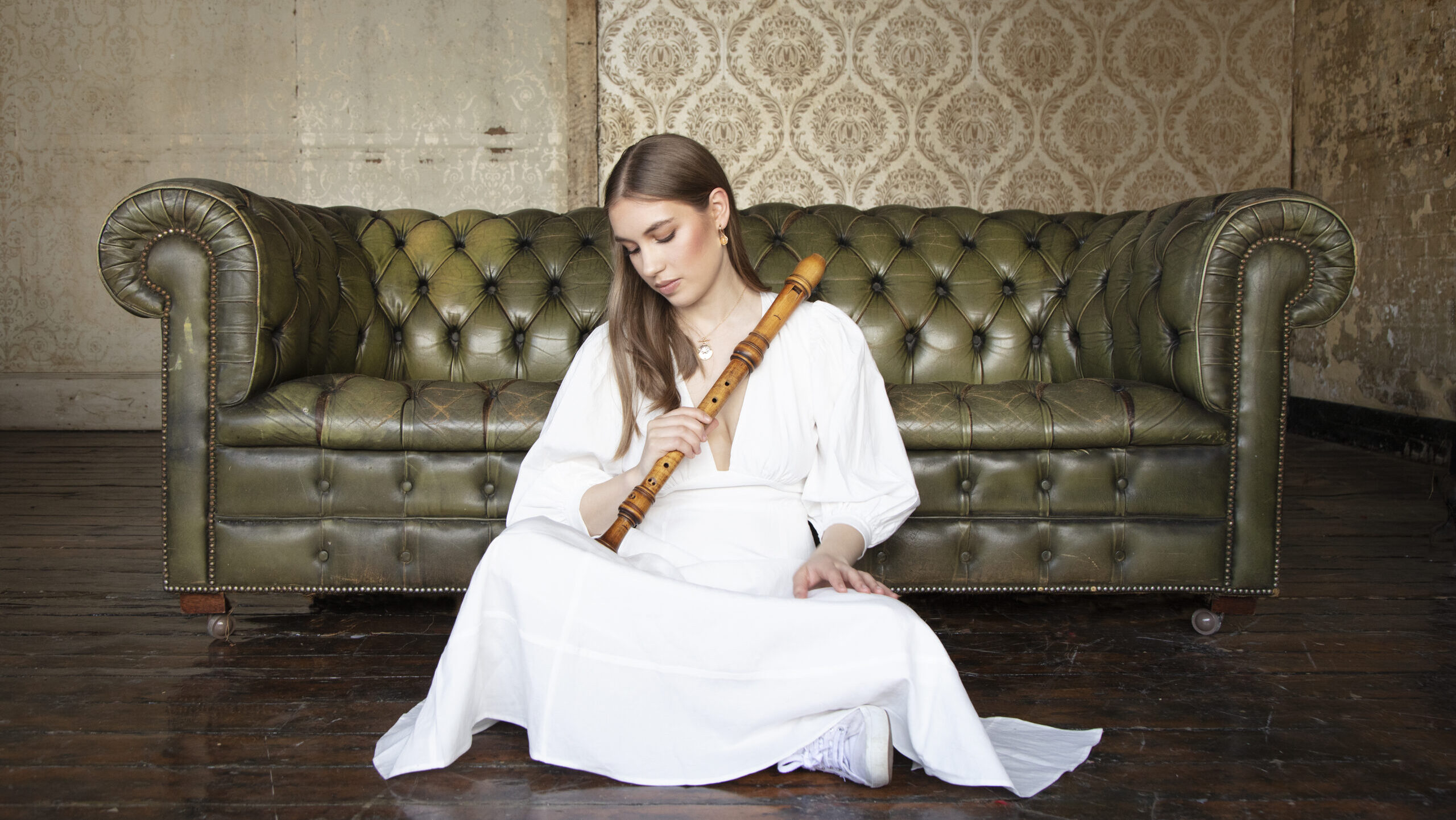Next programs
Ádám Bősze’s lecture this time in Baja Ádám Bősze’s lecture series on Joseph Haydn’s journeys to London offers audiences not...
Pietro Andrea ZIANI (1616-1684): Sonata in G minor, Op. 7 No. 11 Dieterich BUXTEHUDE (1637-1707): Sonata in C major, BuxWV...
Georg Philipp TELEMANN (1681-1767): Sonata in C major, TWV 41:C5 Fantasia No. 7 ‘a la francese’, TWV 40:8 François COUPERIN...


